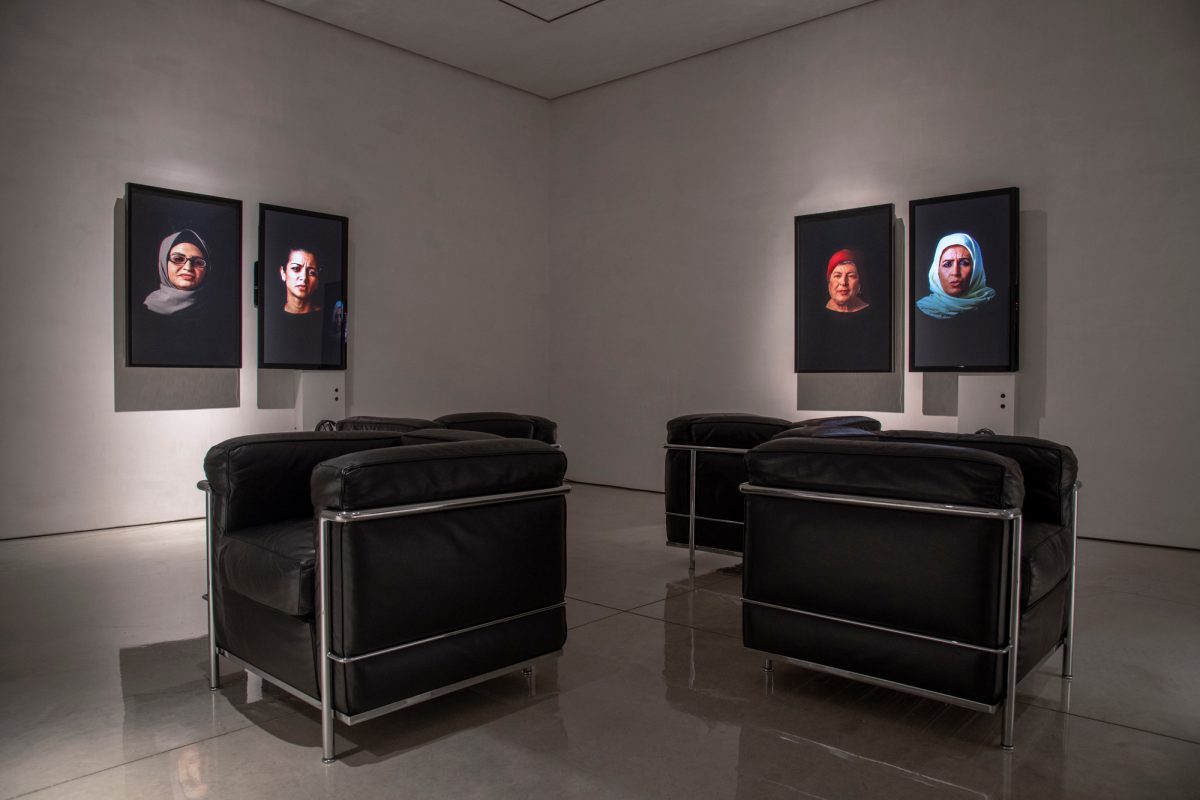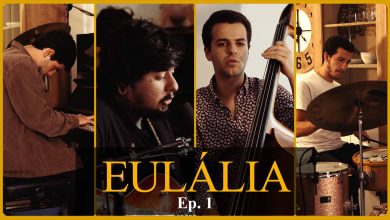Guggenheim Prize winner Judith Barry makes international debut in Lisbon
Judith Barry’s project imposes a meditation on changing habits in viewing images and the way we are shaped by technological developments and new forms of media.
[dropcap]T[/dropcap]he goal is for the visitor to go through a series of historical moments and, in parallel, question social changes, relationships between different types of media and the evolution of consumption habits.
Judith Barry‘s immersive installation thus materializes “in a palimpsest of images, in two screens, which questions the forms of viewing, from the oldest to the most recent, through a variety of environments, from medieval times to the present.
Artist, writer, educator, Judith Barry was born in Ohio in 1954, lives and works in New York, and is identified in the universe of contemporary art as one of the main pioneers in the fields of video and installation
In 2010, he presented in Lisbon, at Museu Museu Berardo, the project ‘Body Without Limits’, in which he combined architecture, conceptual art and popular culture.
Throughout his career, Barry exhibited at the Venice, Berlin, Sydney, São Paulo biennials, at Documenta, in Kassel, Germany, at the main contemporary art exhibitions in the United States, such as Carnegie International and Whitney Biennale.
‘The Study for the Mirror and Garden’ (2003), ‘Projections: mise en abyme’ (1997) and ‘Public Fantasy’ (1991) are among some of its most important installations.
‘All the light that’s ours to see’ was supported by the Council for the Arts and the Center for Arts and Sciences at MIT – Massachusetts Institute of Technology, UK organizations HOME and Film and Video Umbrella, Simon Fraser University, Canada, and Maumaus – Lumiar Cité/Directorate-General for the Arts.





